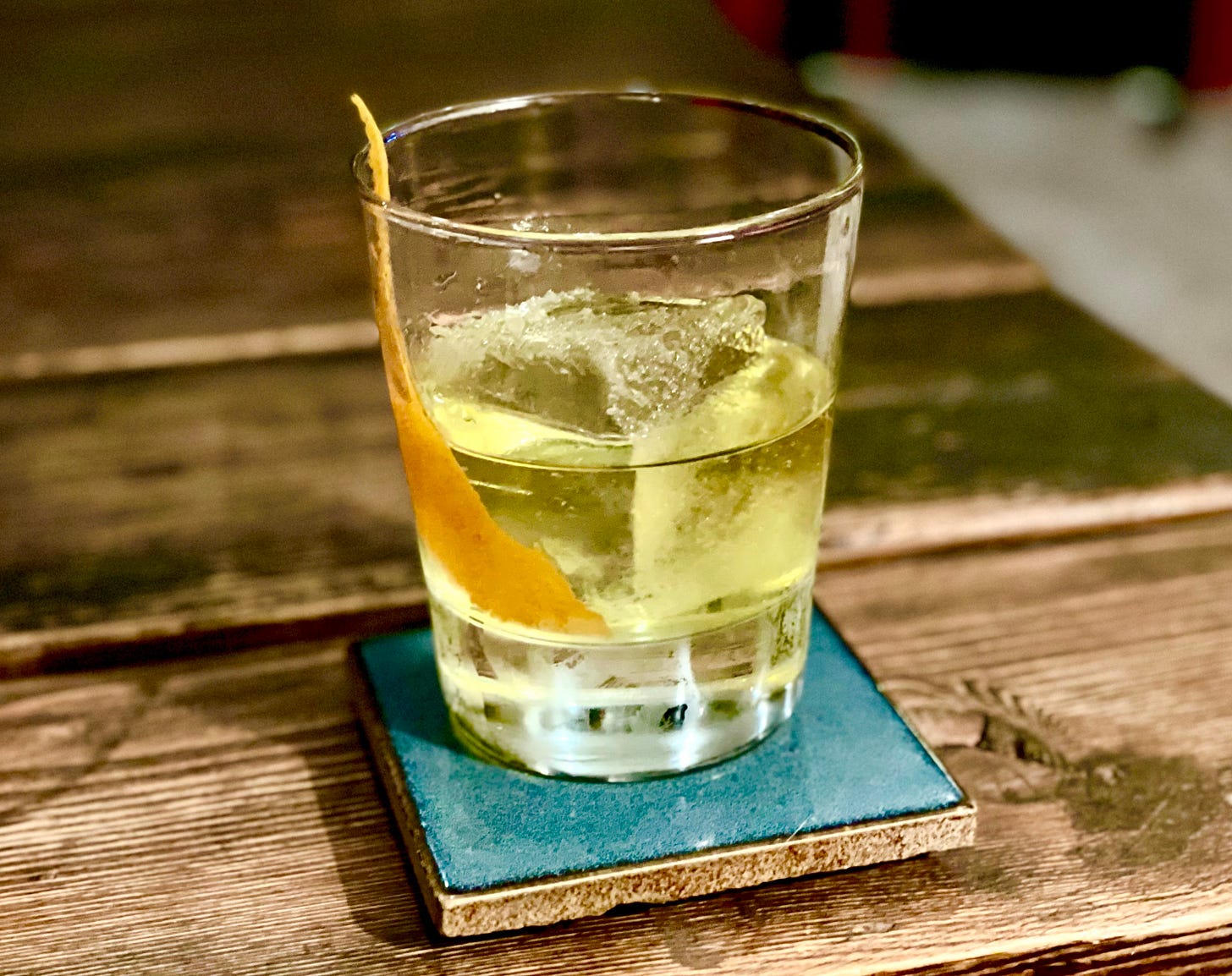The thing about Negroni variations is that they almost always work.
The three-part Negroni template — base spirit, vermouth or comparable fortified wine, and bitter liqueur — is probably the shortest route for a home bartender to whip up an original cocktail with a complex flavor profile that just works. Almost any drink that combines those three ingredients in equal parts or something reasonably close will give you something interesting, and many will be quite delicious.
With strong, sweet, and bitter represented, the Negroni template is the cocktail world’s golden triangle. You might not find it repeated all over in nature, but you’ll find it on cocktail menus everywhere.
I have tried dozens of such combinations over the years, at home and in bars, and nearly all of them were worth consuming at least once. It’s not quite failproof, but it’s pretty close.
So it’s no surprise that bartenders have spent the last 20 or so years tinkering with the Negroni formula. I know of at least one Washington, D.C. bar that has a menu button for “Negroni-esque” (or at least that’s what it says on the receipt). Most of these riffs are quickly forgotten. But some of these bartender creations have made the leap from one-time novelties to contemporary classics.
Among the most well known is the White Negroni — a simple, clever twist on the original Negroni template that produces a much lighter colored cocktail, making for a distinct contrast with the muddy maroon hue of the original.
But the White Negroni, like every other Negroni, is just an idea built using the Negroni template. Thus it is as adaptable and modifiable as any other Negroni. And I’m here to tell you that should adapt and modify it, because with a little bit of care, you can make a better drink.
The French Dispatch
The White Negroni takes a traditional Negroni and makes two substitutions.



